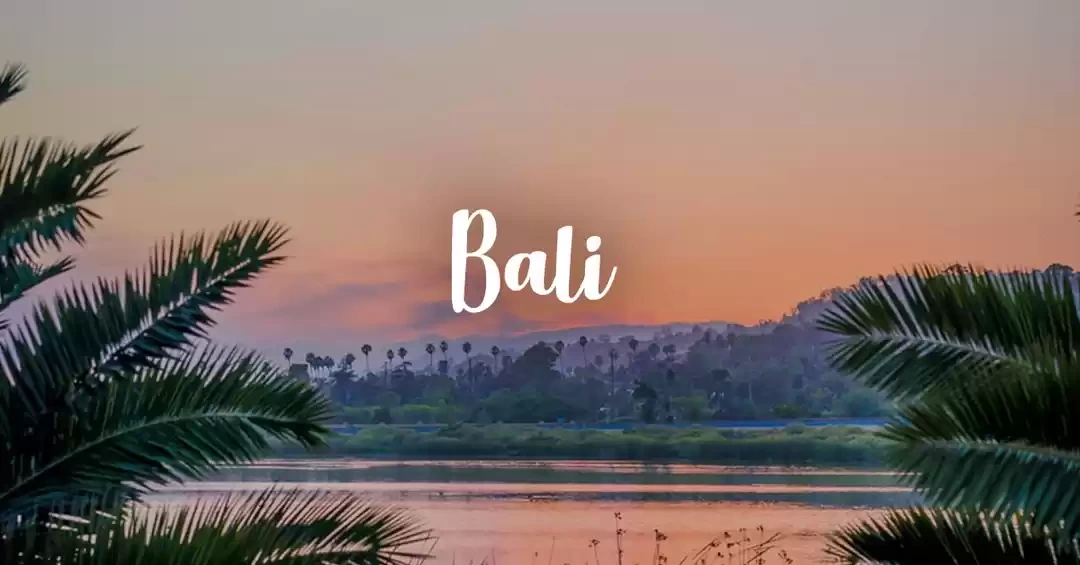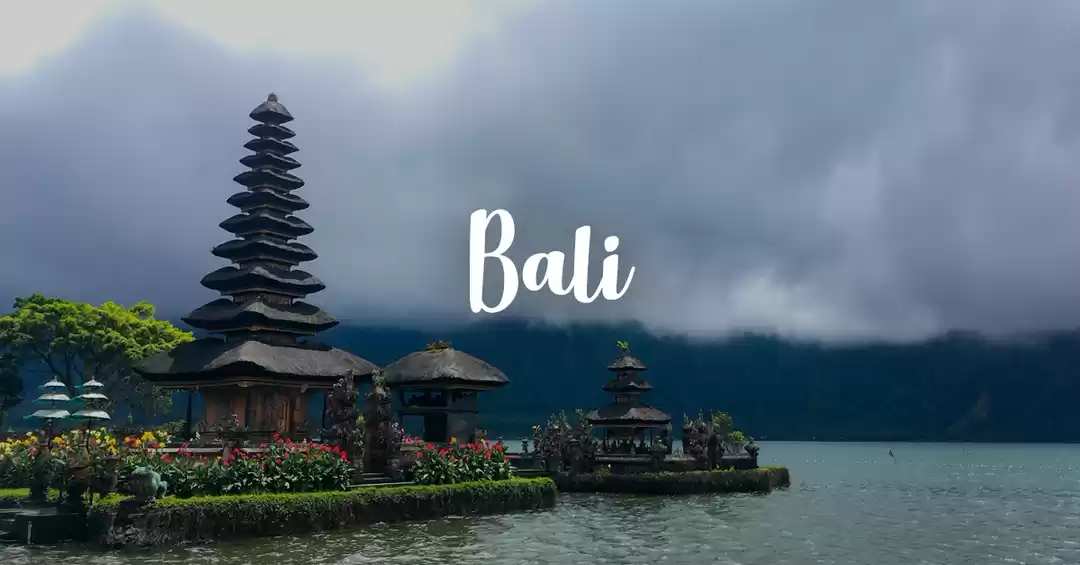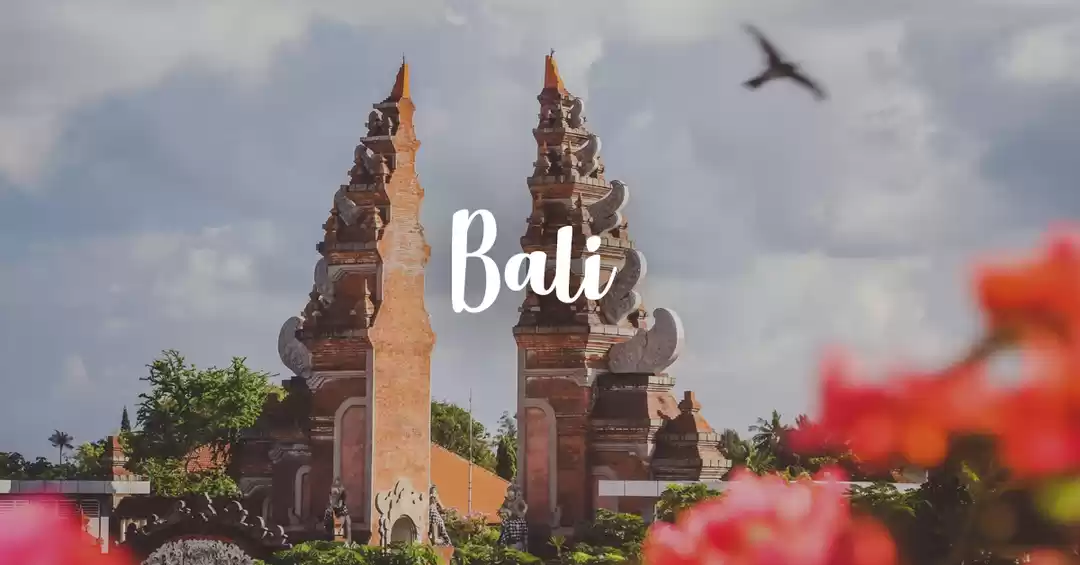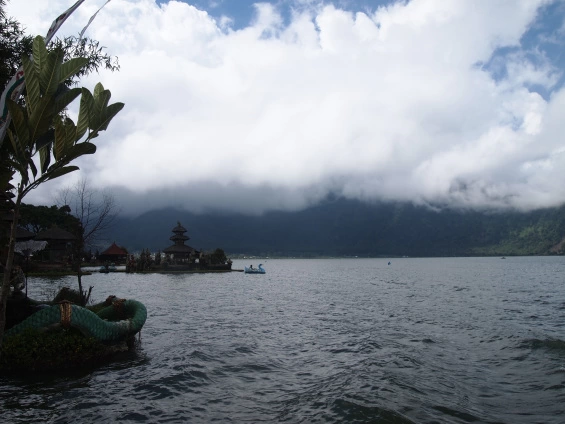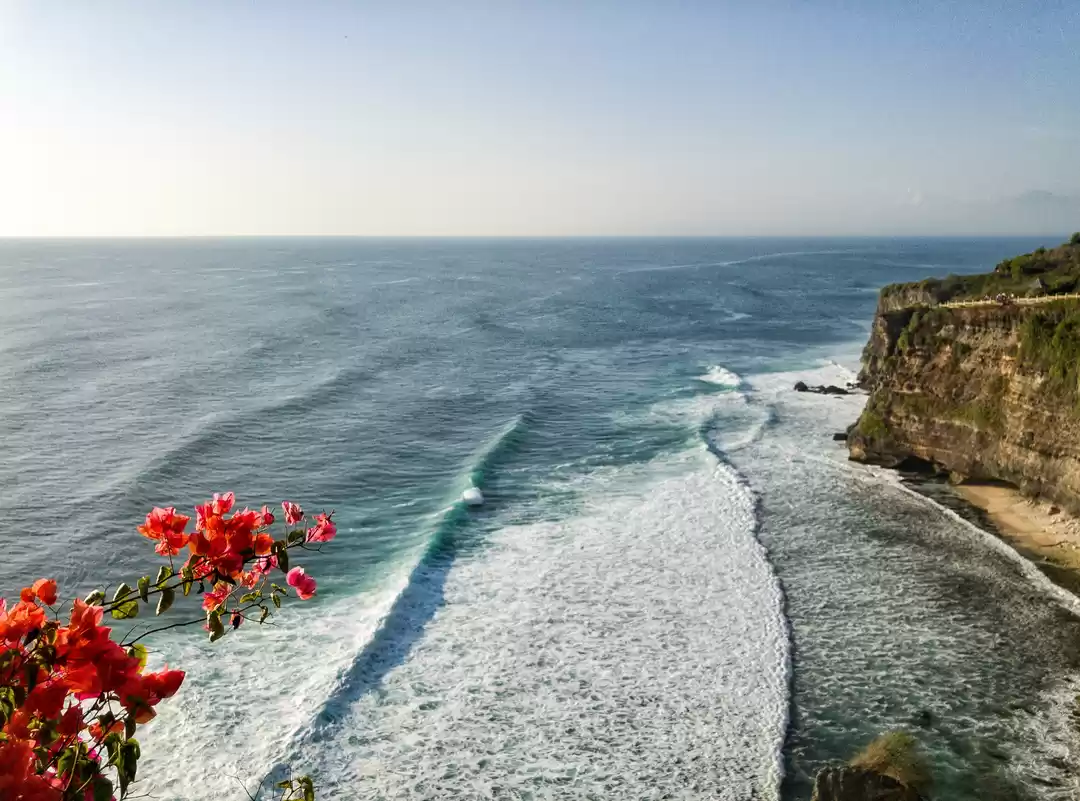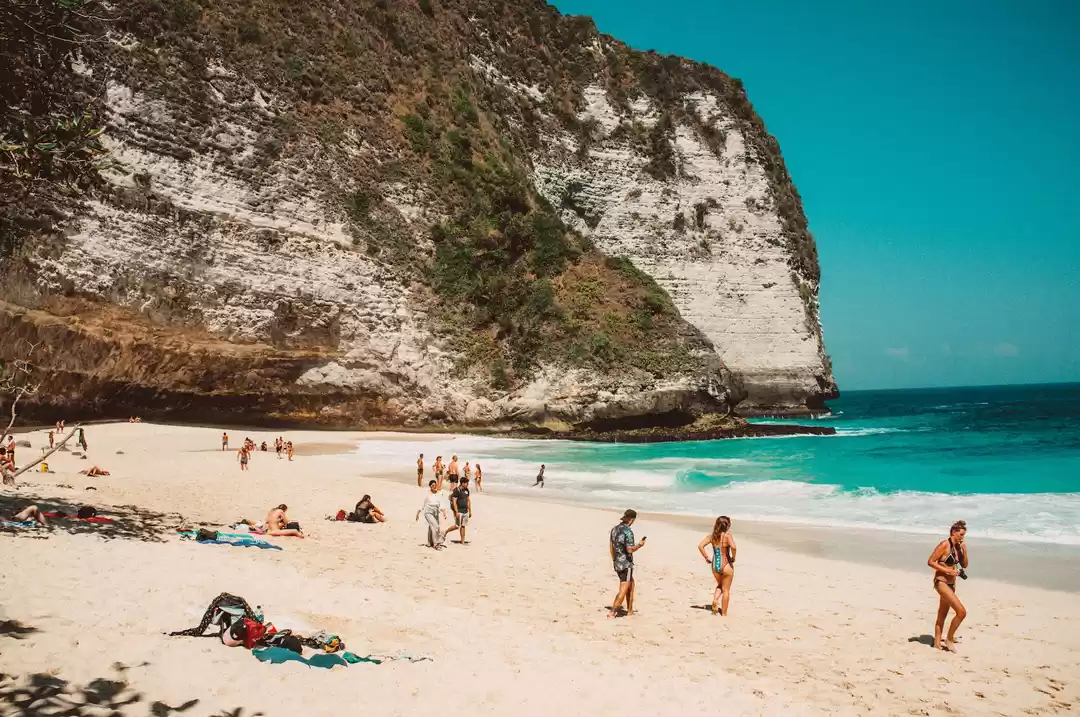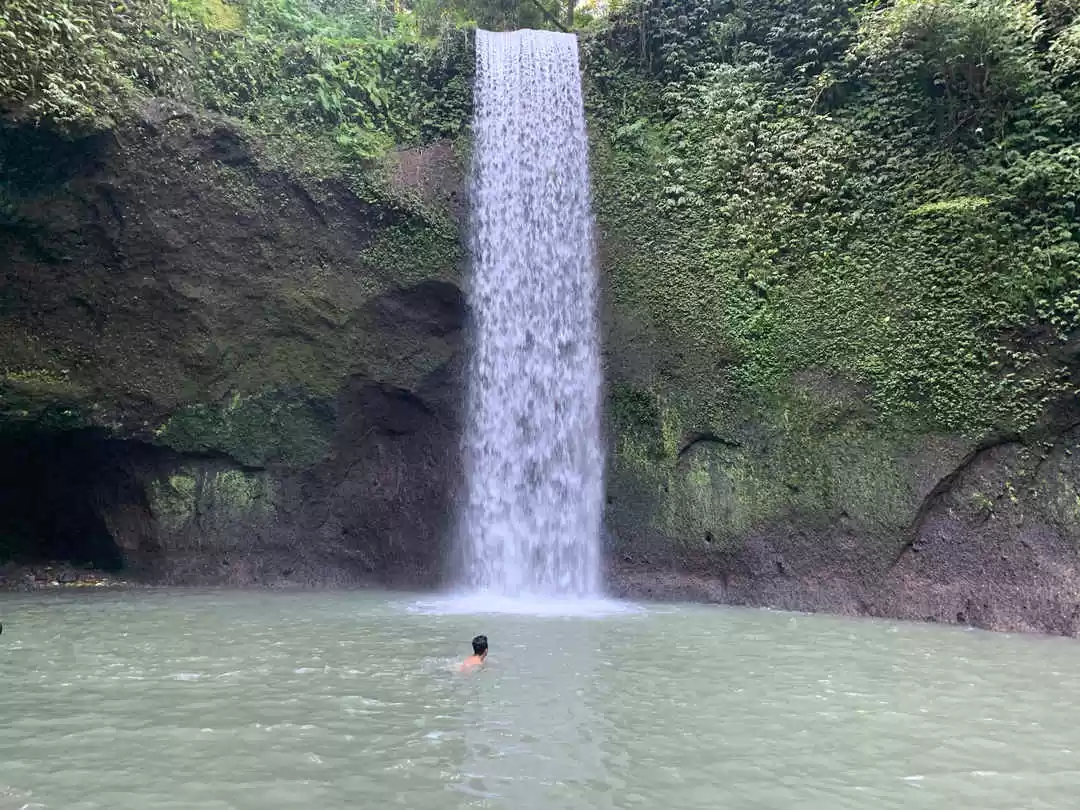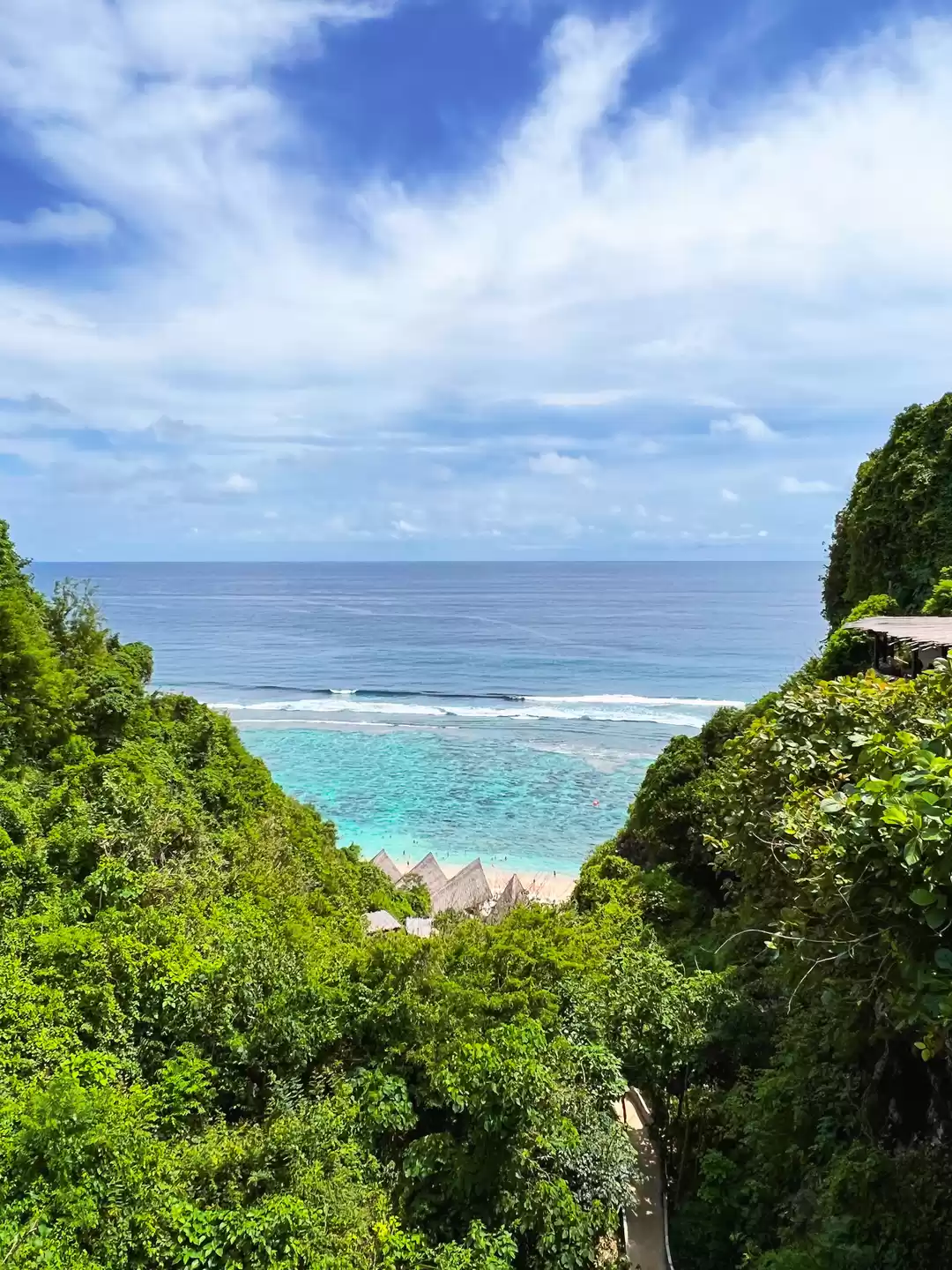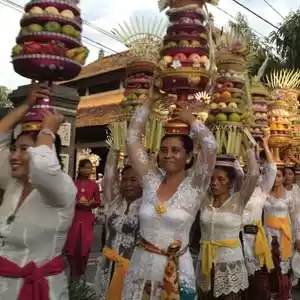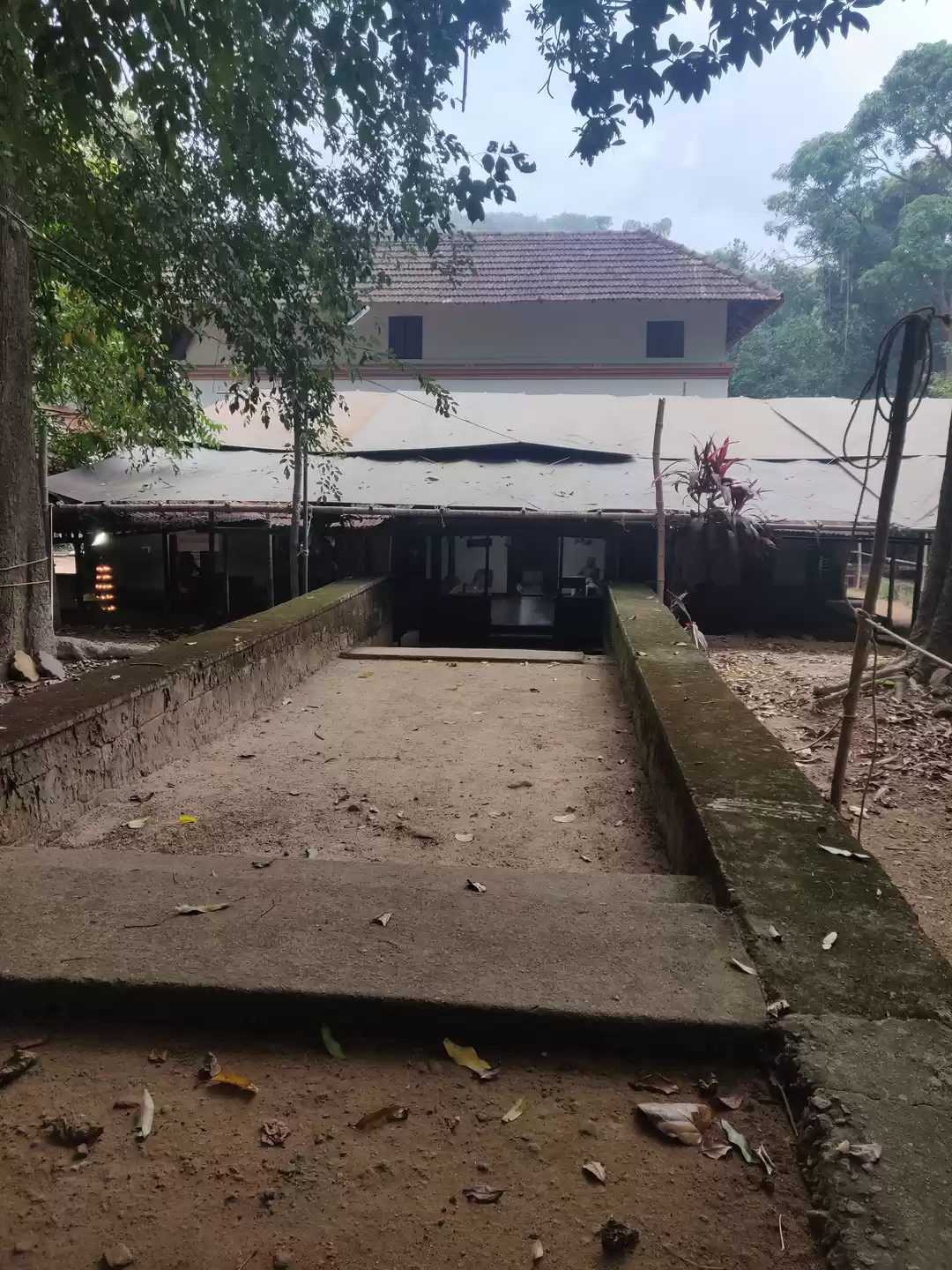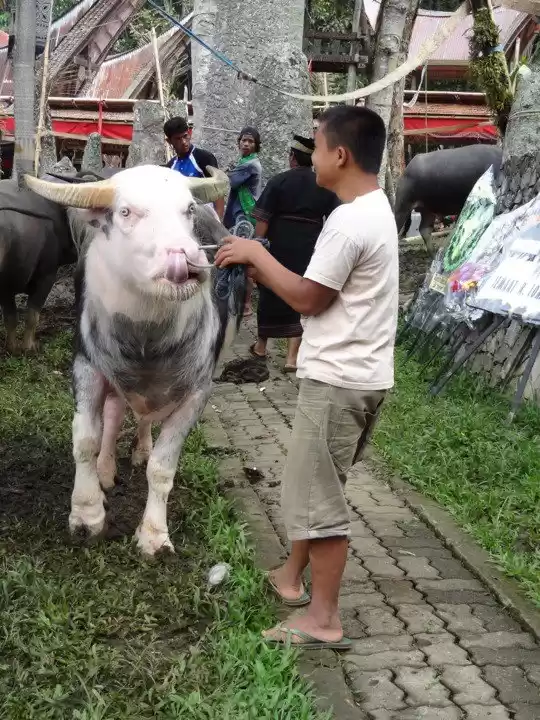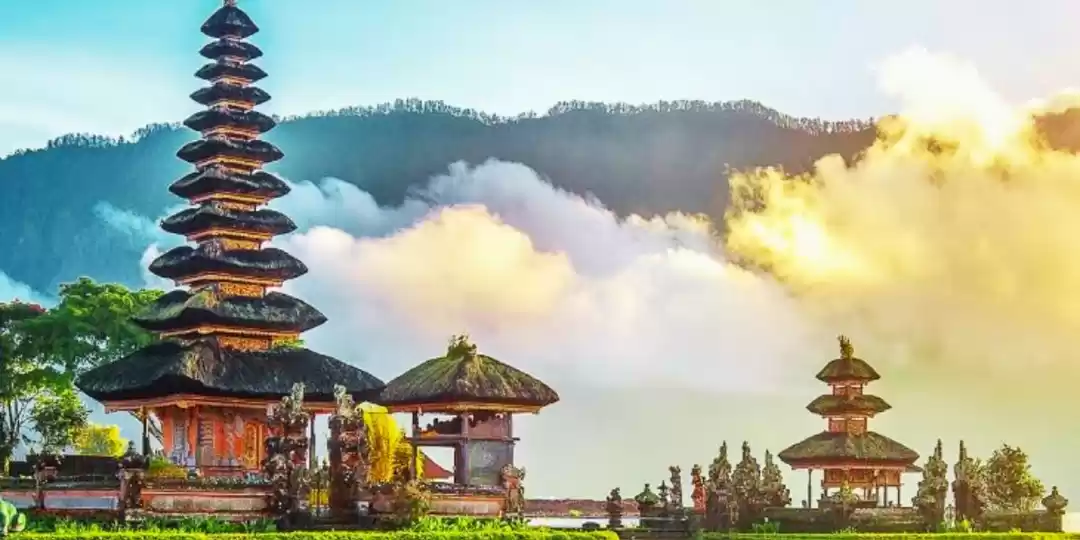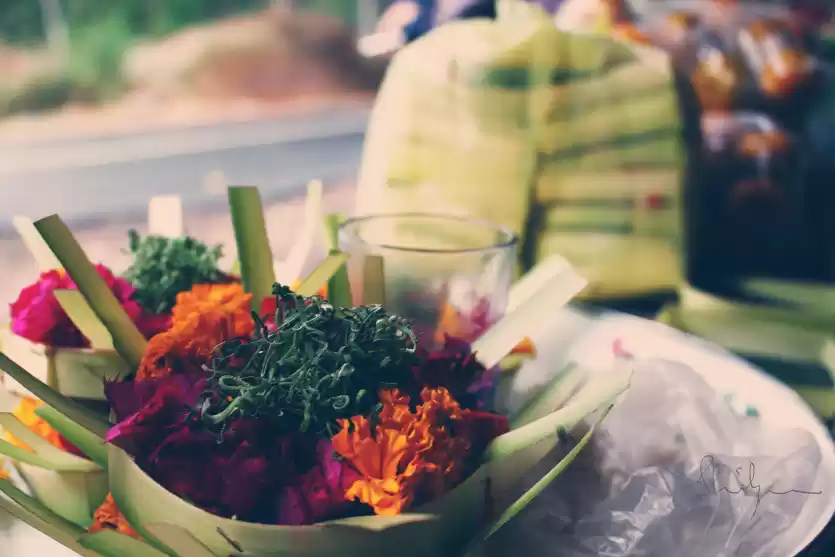Bali is dubbed the Land of Gods, and the practices and culture of Bali reflect that very well. People are driven by their religious beliefs and Balinese mythology, not only in their day to day lives, but also through various festivals in Bali that happen on a regular basis.
These festivals in Bali are rooted deeply in Balinese stories and mythologies. The island of Bali is predominantly Hindu, since its Aryan colonization. However, a lot of the religious practices and even day to day practices in Bali stem from pagan beliefs that were a part of the culture ever since. The ultimate desire of the people of Bali is to use the energy from these religious practices to get better as humans and as professionals in their work lives.
Festivals of Bali
The native calendar followed by the people of Bali is lunar-based, unlike the Gregorian calendar. Therefore, the cycle repeats more frequently, and festivals are celebrated more often. On an average basis, a Balinese New Year occurs twice in the duration of a normal year. Two of the important festivals of Bali are listed below.
Odalan

Odalan is a celebratory occasion that is happening somewhere in Bali almost always. The odalan celebrations mark the anniversary of the founding of the local village temple. People in and around the village gather at the temple; in fact, every single resident is expected to arrive during the days of the odalan celebrations.
The odalan of a small temple might last 1-3 days on average. However, the odalan of the biggest temples in Bali can last even up to a month. During this time, people wear traditional Balinese attires, which can be either white or golden. The ceremony begins with an opening ritual, which allows the god or deity associated with the temple to descend from heaven and take a seat in the temple. Traditional songs and dances are performed at the temple premises, and gamelan sessions are carried out. Offerings of food are also served to the idols of gods, and then passed on to the visitors as they are deemed to have been blessed thereafter.
Since there are so many temples in Bali, somewhere an odalan is always going on and it makes for a very intimate experience with Balinese culture for tourists coming from abroad. If you are looking to acquaint yourself with the beliefs and culture of Bali, then visiting an odalan should definitely be on your itinerary.
Tumpek Landep

Tumpek Landep is a religious rite in Bali that is used to bless metal objects, like weapons, utensils, vehicles, and other metal objects of daily use. It is believed that this ensures these objects are utilized to the maximum extent and for the best purposes, i.e., the advancement of the Balinese civilization. Traditionally, people give offerings of food and other items to their cars, kitchen utensils, weapons, etc.
There is an alternate meaning to this practice as well. It is believed that the mind is a weapon for each and every one of us, and people need to sharpen it and have it blessed so that they utilize it for the best purposes, i.e., for scientific advancement and progress of civilization.
Why are festivals in Bali relevant to tourism

Bali is an international tourist hotspot on account of two reasons: its immense natural beauty and its extensive and deeply rooted culture. Festivals of Bali provide the most in-depth insight into the culture of Bali, and the celebratory vibes surrounding these festivals in Bali make them an enjoyable experience for tourists in Bali.
If rich and meaningful culture and mythology interests you, then Bali is an ideal tourist destination for you. In today's times, it is super easy to book Bali packages and make your holiday in Bali convenient and complete. After arriving in Bali, you can either watch these festivals in Bali from your hotel balcony or get on the street and get the original and complete Bali to feel.
The article first published here










